Character or Plot?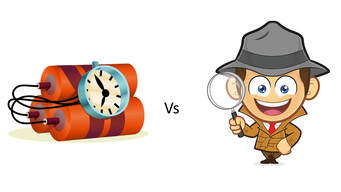 It is a consistent debate in writing, whether plot comes before character or character comes before the plot. In truth, both have their part to play, but if you are going to invest a lot of time, where should you invest it in the first instance – on developing the plot or on developing the character(s)? I’m not here to try to persuade you to our way of thinking (which I’ll elaborate on in a moment). I’m just going to lay out why we think the way we do. If, after reading what we have to say, you still take the other view, that’s fine. It’s your book, you have the right to write it whichever way you want. But we are firmly of the opinion that characters have to come before the plot. We are so convinced of it that we use an equation to express it: Character + Conflict = Plot. In other words, if you have a good character and you give them a conflict to deal with, they will write the plot for you. That’s not original by the way. You’ll find it used on a number of creative writing courses and in books on the subject. 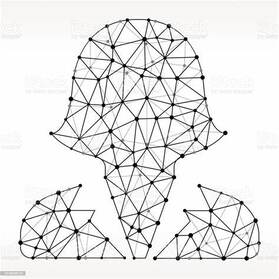 Do your characters look like this? Do your characters look like this? As publishers we get a lot of manuscripts (MSs) which have characters that are so two dimensional that they can’t be seen from sideways on. In fact, to describe them as two dimensional is to give them one dimension too many. The result is that we can’t bring ourselves to read beyond the first few pages of the MS. Why is that? It’s because we’re human. Humans are social beings (even if we sometimes like some “alone time” with a good book). We relate to other people and we form emotional relationships with them, both good and bad. It should, therefore, come as no surprise to discover that we also want to form emotional relationships with the characters we read about. In fact, for some people, their emotional relationships with characters in books transcend their relationships with real people. That’s something that the best authors of romantic fiction have always understood.  We need to feel some of these when we read! We need to feel some of these when we read! That means we have to believe in characters as people (or aliens or orcs or werewolves, depending on your genre). And that means giving them personalities. Without a personality a character is just words on a page. With a personality they are someone we fall in love with or admire or respect or, sometimes, hate. But those feelings don’t come about by accident. The author has to create the character traits that allow us to engage at the emotional level. Once a reader has become emotionally engaged with a character, it becomes important for the reader to find out what happens to them. No matter how absurd the plot may become (and we’ve read some really crazy ones), the reader must find out whether the characters live or die or find true love or boldly go or whatever they are destined to do. But it is more than that. The reader also wants to know what changes the characters undergo during their journey from the beginning of the book to the end. After all, we all know that life changes us in so many ways as we progress through it, so it is necessary for characters to change as well. There's even a technical name for this: it's called the "character arc".  A character is not just their appearance. A character is not just their appearance. Crafting good characters isn’t easy – but neither is it impossible. What authors have to remember is that they can see the character from the inside out as well as from the outside in. This is important, because it is how the character sees themselves that reveals so much about them. This is called their “internal monologue”. What people see from the outside is called the “external monologue”. It is an important part of the character’s personality as well, as it provides contrasts, but the internal monologue is where the reader really gets to know the character. And we all know about these two monologues already, because we have them ourselves. People say “With me, what you see is what you get.” But they very rarely are. In fact, in our experience, what you see is very rarely what you get. The external monologue is how the world sees us and what we allow the world to see. There is our physical appearance, of course; whether we are tall or short, slim or stout, light haired or dark haired and so on and so forth. But those things are very much the two-dimensional approach to characters. They tell us nothing about the inner person, the things we actually relate to on an emotional level.  Describe this character's external monologue in one word. Describe this character's external monologue in one word. Let’s face it, we’ve all met someone really hot looking and then discovered that there’s not a lot going on inside. We call these people shallow for a reason. What readers want is depth. So, there must be more to the external monologue than physical appearance. There are also the person’s external behaviours: the face they show the world. Are they cheerful or sombre? Are they optimistic or pessimistic? Are they outgoing or shy? Are they confident or underconfident? All of these things can be expressed through behaviour – and a whole lot more than those. Think about the last stranger you met and conversed with for any length of time (thanks to Covid that may now be a bit of a distant memory). Perhaps you met them at work, or at a party or in a pub. You might even have been trapped in an elevator with them. It doesn’t matter. During your conversation with them, you will have formed opinions about them. What was your opinion? What behaviours did they display, or what did they say, that caused you to form that opinion? Some of the things I have listed already may have given you clues, but you may have seen or heard things in the person that you want to add to that list. When describing a character to a reader, those are the sort of things that start to add depth. It gives the reader an idea of how the other characters in the book will see and interact with each other. After all, if you can see these qualities (or lack of them) then the other characters in the book must also be able to see them. If the other characters can’t see them it’s the author’s fault, because they are the one who created the character.  What readers really want is hidden depths. What readers really want is hidden depths. The internal monologue, however, is far more revealing, because it tells us how the character sees themself. That happy, confident person cracking jokes at the party may, actually, be a seething mass of misery and insecurity on the inside. The importance of the internal monologue is that it will determine how the character deals with the conflicts that occur within the plot. If they are brave on the outside but a coward on the inside, they are going to want to run away from the conflict. But their external image means they can’t because that will destroy their reputation. So how do they deal with that? That is, perhaps, an extreme example, but the character will have internal conflicts to deal with on top of the external conflicts you create and that makes the plot far more interesting. Indeed, there are novels that deal with nothing other than the way characters struggle inwardly to relate to the world in which they live. So, our thesis is that interesting characters engage the reader’s attention far more readily than the plot.  Conflict brings characters to life. Conflict brings characters to life. And then we get to the conflict. We’ve already mentioned the character’s potential internal conflict(s), but the plot usually emerges from external conflict(s). Until you have established what that conflict is, you can’t know how the character will deal with it, so you have no plot until you have established your characters and your conflicts. You may be thinking “my plot doesn’t have a conflict because it’s about ….” All we can say is that if you haven’t got conflict, you haven’t got a plot. But you have to understand that conflict comes in many different disguises. There are the big conflicts: good vs evil, right vs wrong, justice vs injustice and so on. There are conflicts of ideas. All political and religious divisions are a conflict of ideas. Then there are the smaller conflicts, such as competition for a promotion at work or sibling rivalry over a parent’s affections. Those are all examples of people in conflict with people. 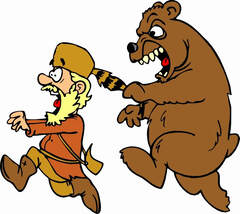 There are other kinds of conflict. There are other kinds of conflict. But there are also conflicts with circumstances. For example, if a pair of lovers are separated by fate, that is a conflict and their fight to overcome that conflict is how they find their way back to each other. Other conflicts relating to circumstances are stories of survival against the odds, whether it is poverty or an earthquake or a rampaging bear that’s the problem. We have all come across the “by-stander”; the person who can watch a conflict unfolding but doesn’t want to get involved. In a book, that can’t happen, at least not to the main character(s). But they have to have a reason to get involved and that, usually, comes from their personality - which you have created.  What is your character's motivation? What is your character's motivation? OK, it is some people’s job to get involved, like soldiers in wartime and police in criminal investigations, but in many situations the character(s) need some sort of motivation to get involved. And the character(s) can’t have motivation unless the writer knows what it is. And the writer can only know what the motivation is if they have already constructed the character based on their internal and external monologues. So, for us it is a simple chain of events. Create the character(s) in order to provide motivation, decide what conflict(s) they will have to deal with (both internal and external) and then you have a plot, which can then be developed to its satisfactory conclusion. 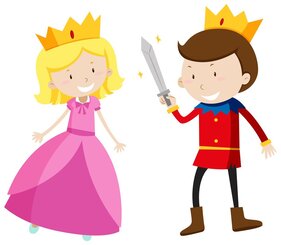 If you create the plot first, you have to reverse engineer the character(s) so that they become involved in it. This generally results in a badly drawn character because the author only pays attention to those elements of their personality that require the character to get involved. You need a warrior to complete a quest, so you create a warrior. But the warrior doesn’t have much of a personality, because they are a stereotype, being dropped into the plot like photoshopping in a stock photo from an image library. The Princess (or the Prince) then falls in love with the warrior (and vice versa) because the author wants them to, not because they have identified any unique qualities that the author created. And then the reader doesn’t find that relationship believable because they can’t see the mutual attraction. If you think about real life, we don’t fall in love with a warrior or a Prince or a traffic warden, we fall in love with a person who happens to be one of those things. I didn’t fall in love with my wife because she was a telephonist (archaic term - look it up). I fell in love with her because she was clever, funny, interesting to talk to and a whole lot more. And it is those sorts of qualities, and others, that your readers have to fall in love with. I don’t know whether we have convinced you that character has to come before plot (feel free to comment below), but we have made our case. But if you are an author considering submitting your MS to us, please know that the most likely reason for us to reject your MS is because we don’t find your character(s) interesting enough to engage our attention. We won’t know if your plot is any good because we haven’t read that far through the MS to find out. Sorry. A couple of other things for you now. Firstly, we have a 9 book sci-fi box set of The Magi series available right now, but you can download the first book for free as a "try before you buy" offer. Just click on the button below to get your copy.
Secondly, if you have enjoyed this blog and want to keep in touch with future blog posts, then the easiest way is to sign up for our newsletter. We promise not to spam you. Just click on the "newsletter" button.
1 Comment
Rohini
15/5/2021 10:44:55 pm
Wouldn't it depend on the type of story? I mean James Bond is rather two-dimensional, but what drives/ drove those books was the plot, and even that was fairly predictable. But the interest came from, 'so what impossible situation/ mission was he on now, and how is he going to get out of it?
Reply
Leave a Reply. |
AuthorThis blog is compiled and curated by the Selfishgenie publishing team. Archives
June 2025
|
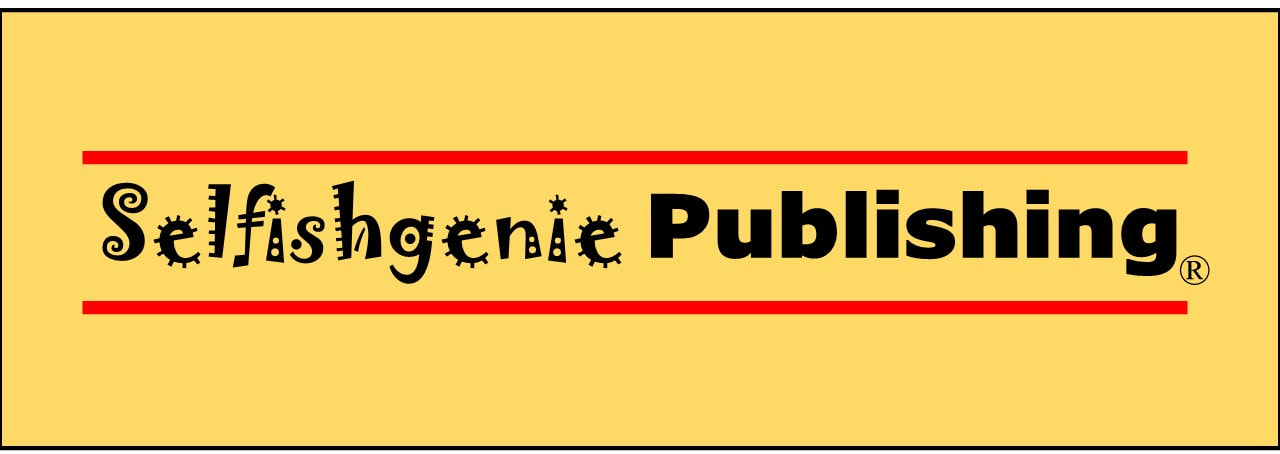
 RSS Feed
RSS Feed